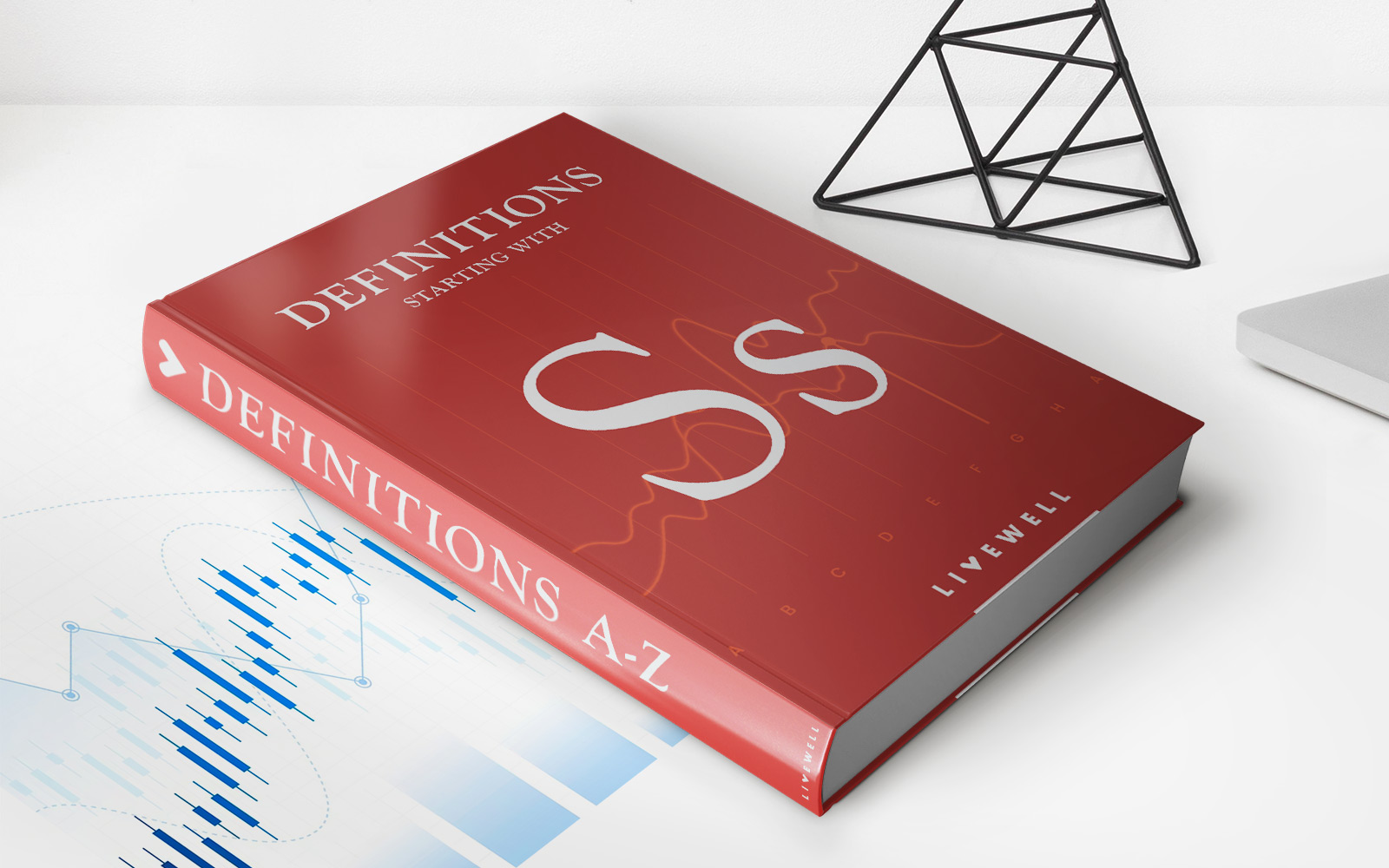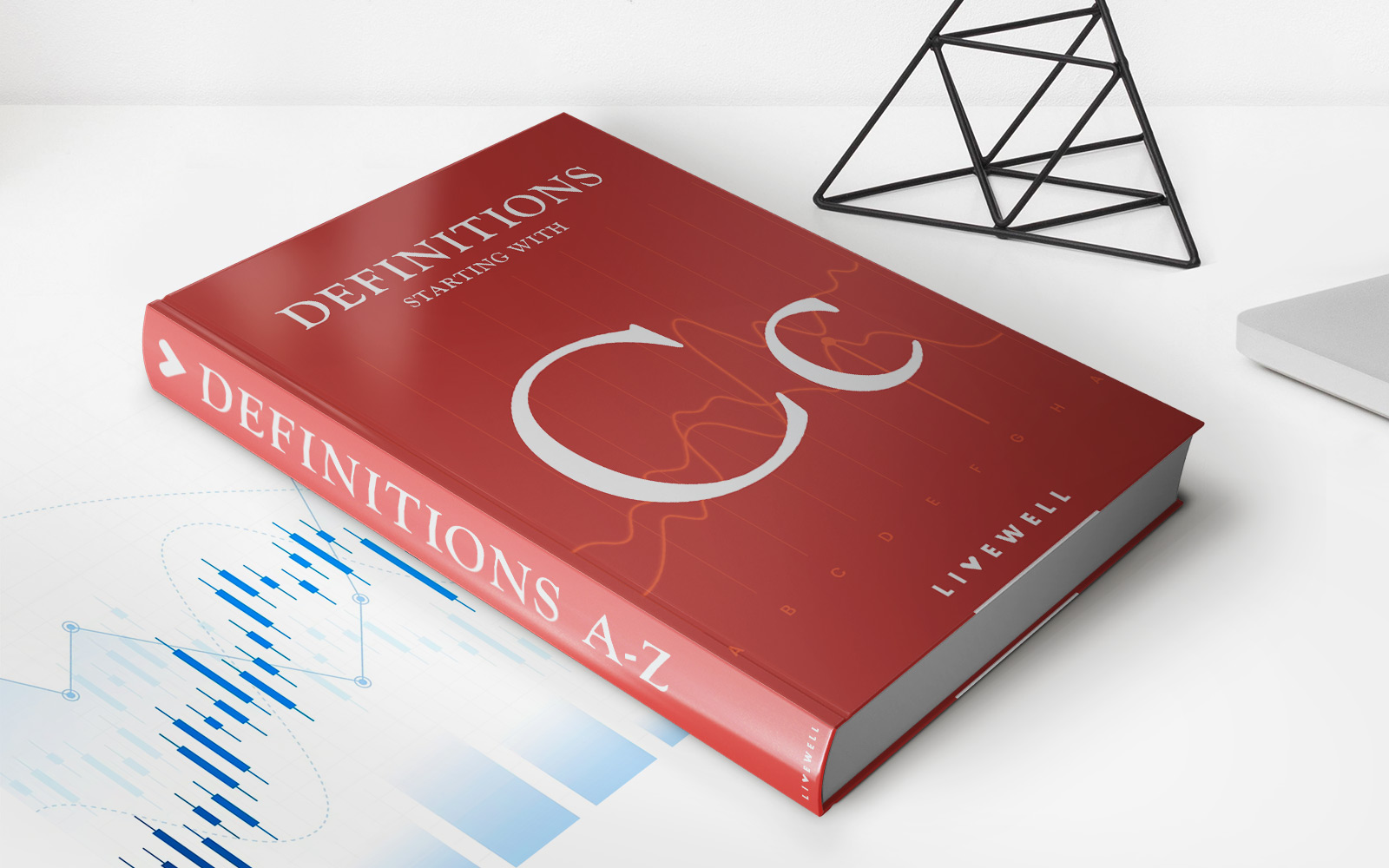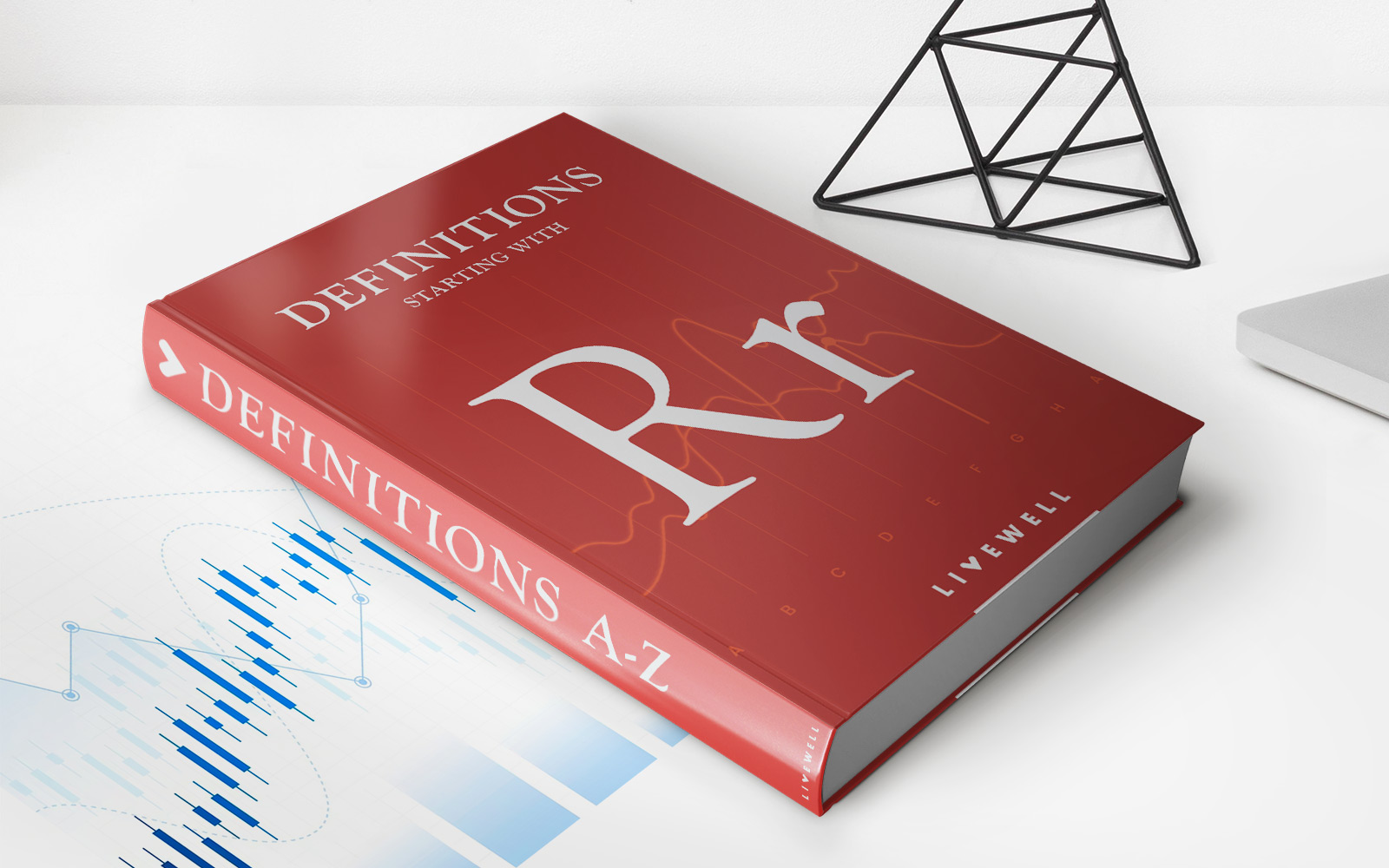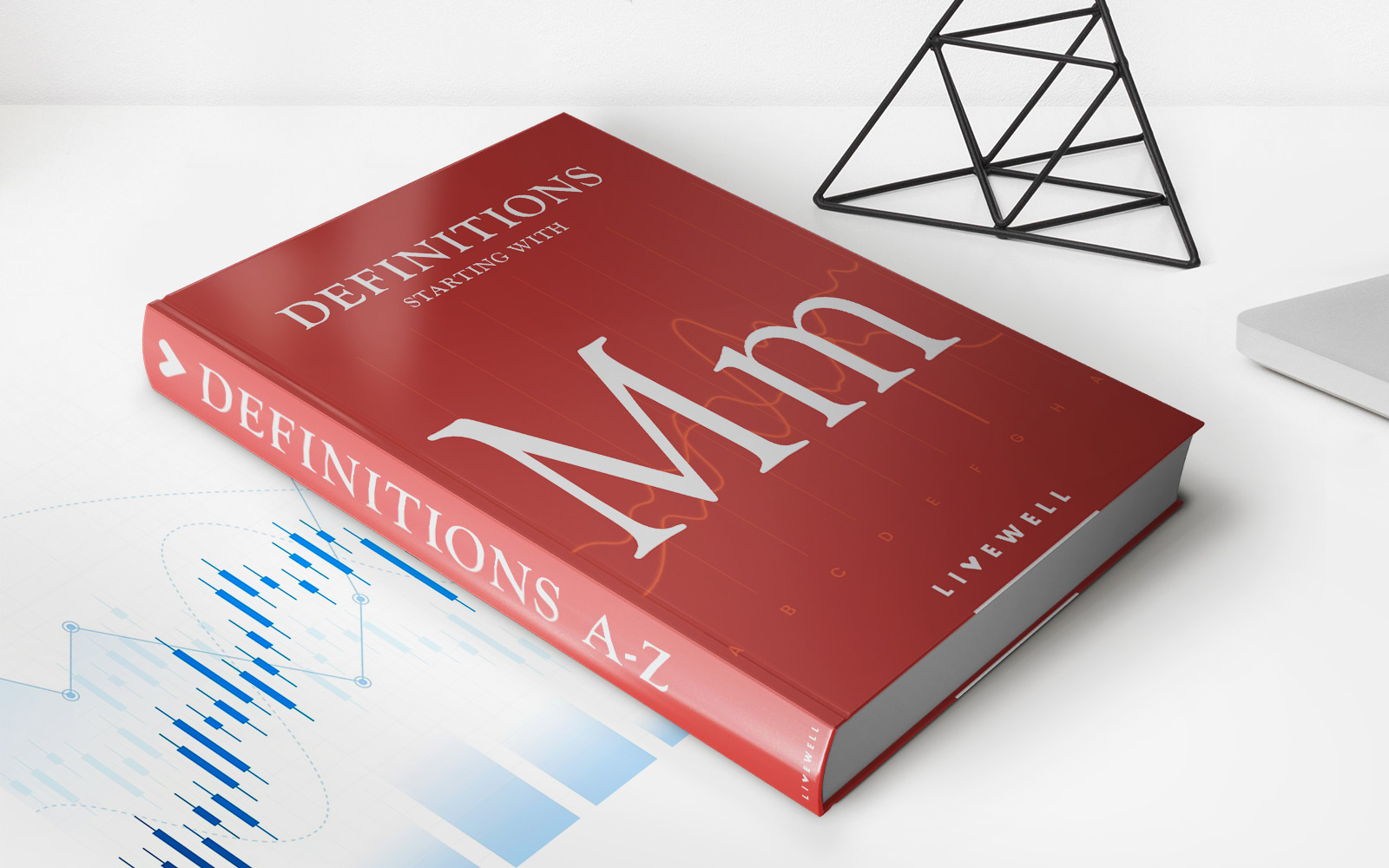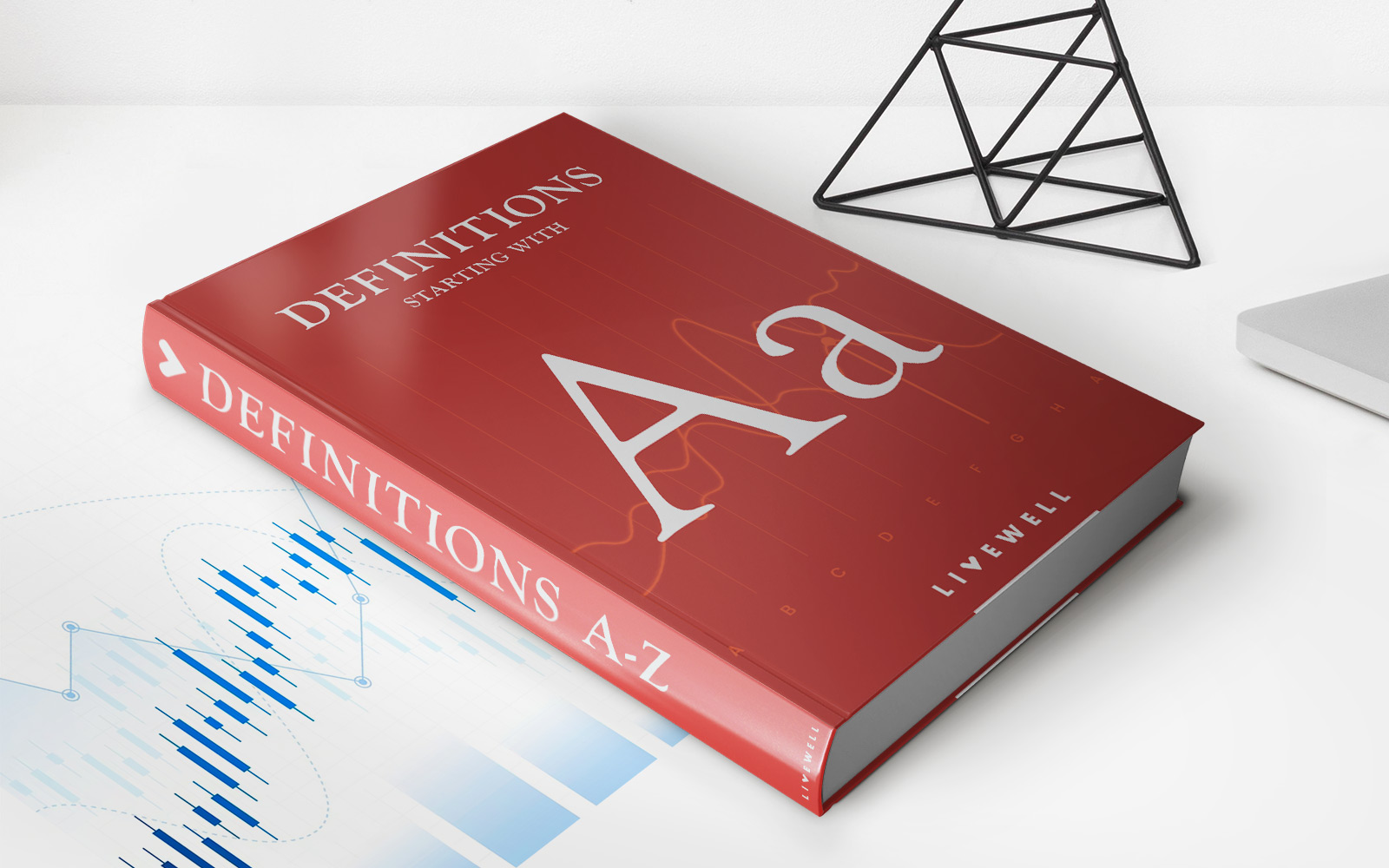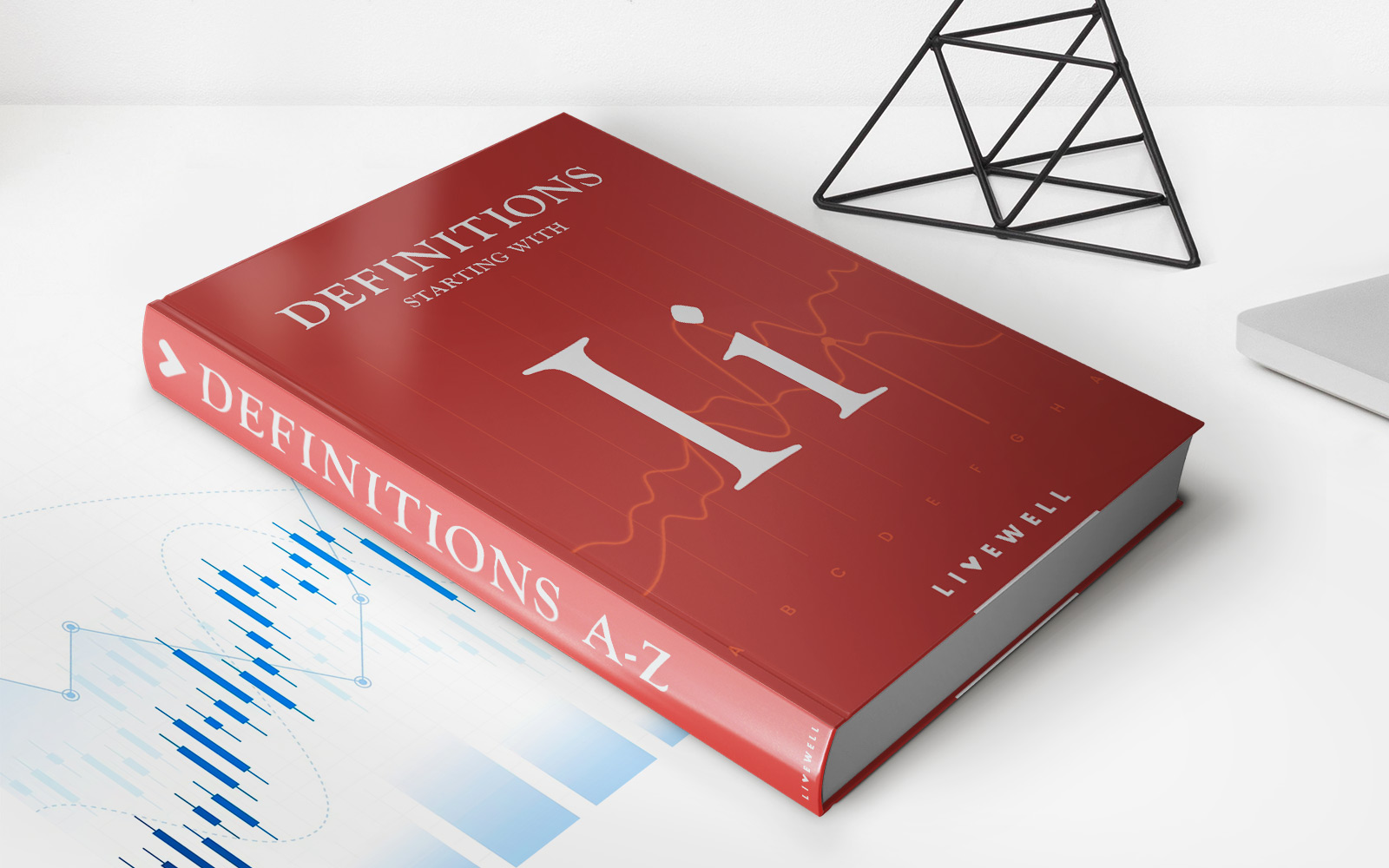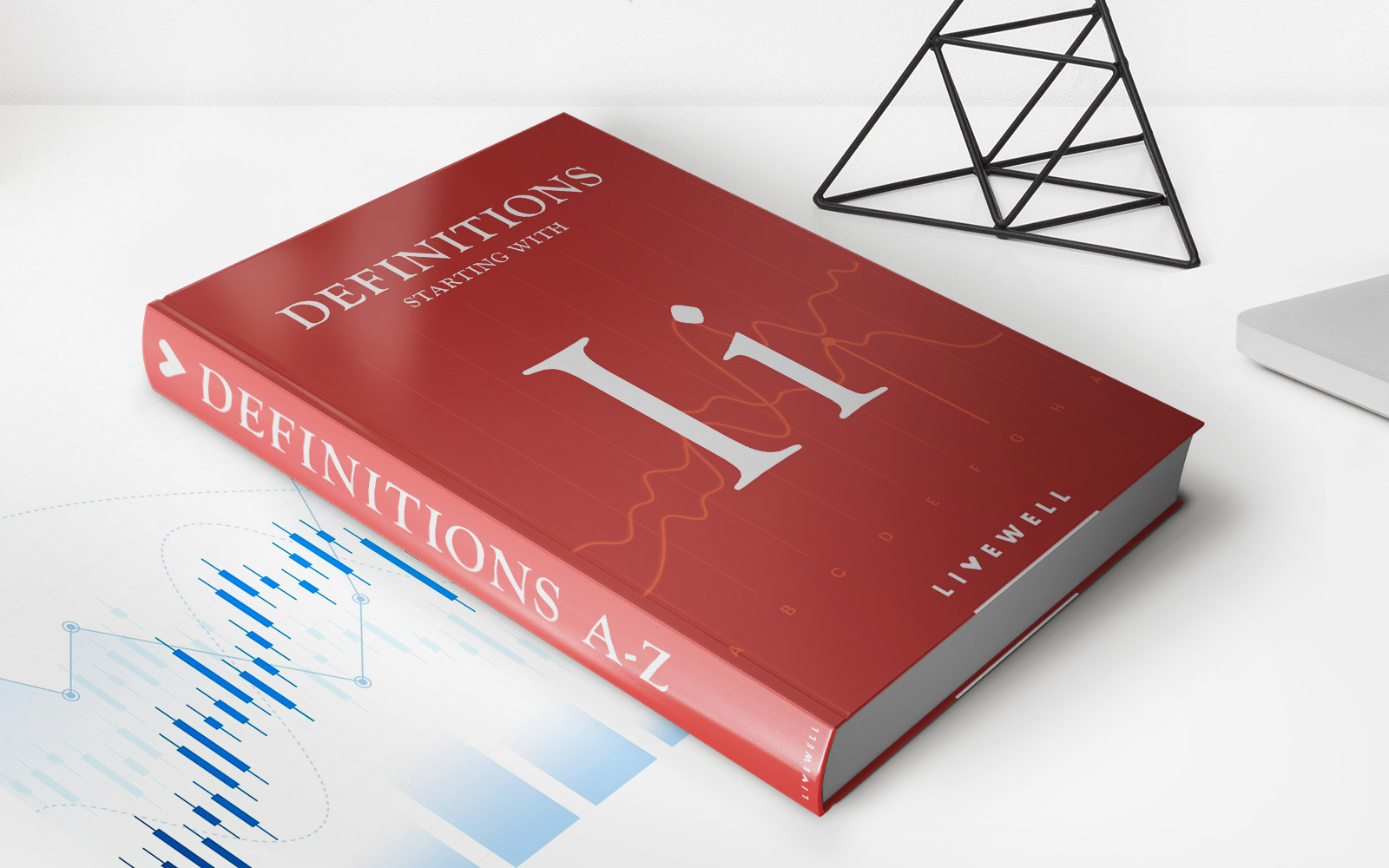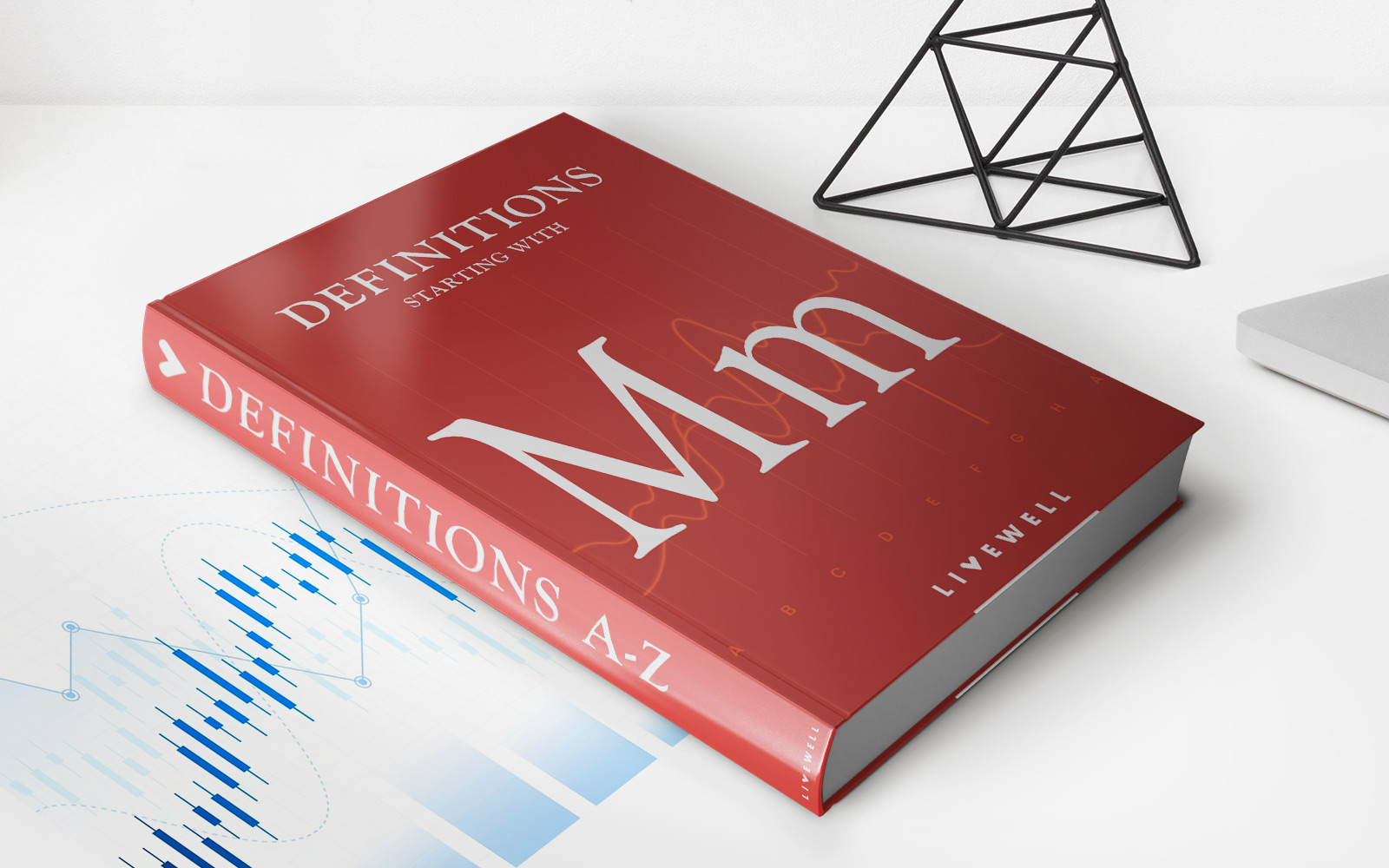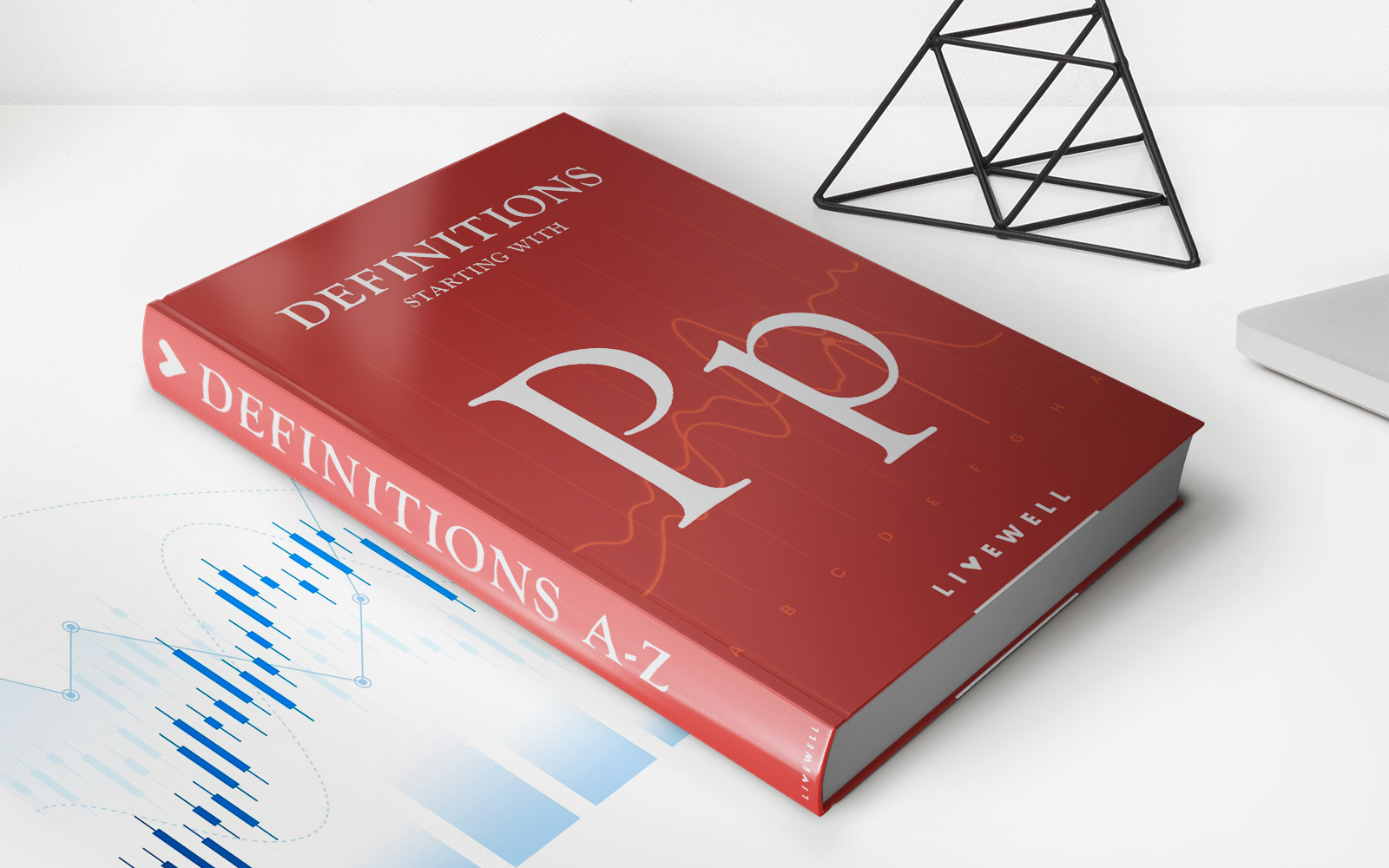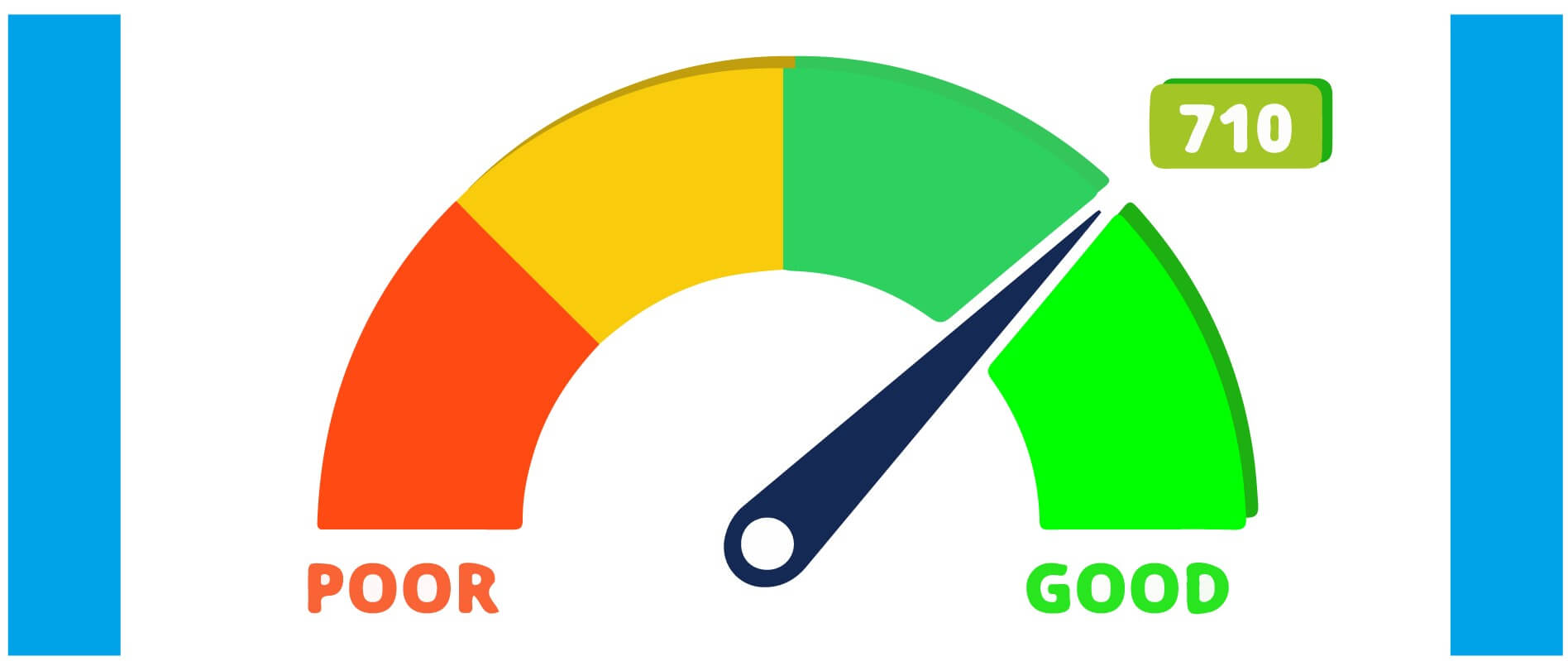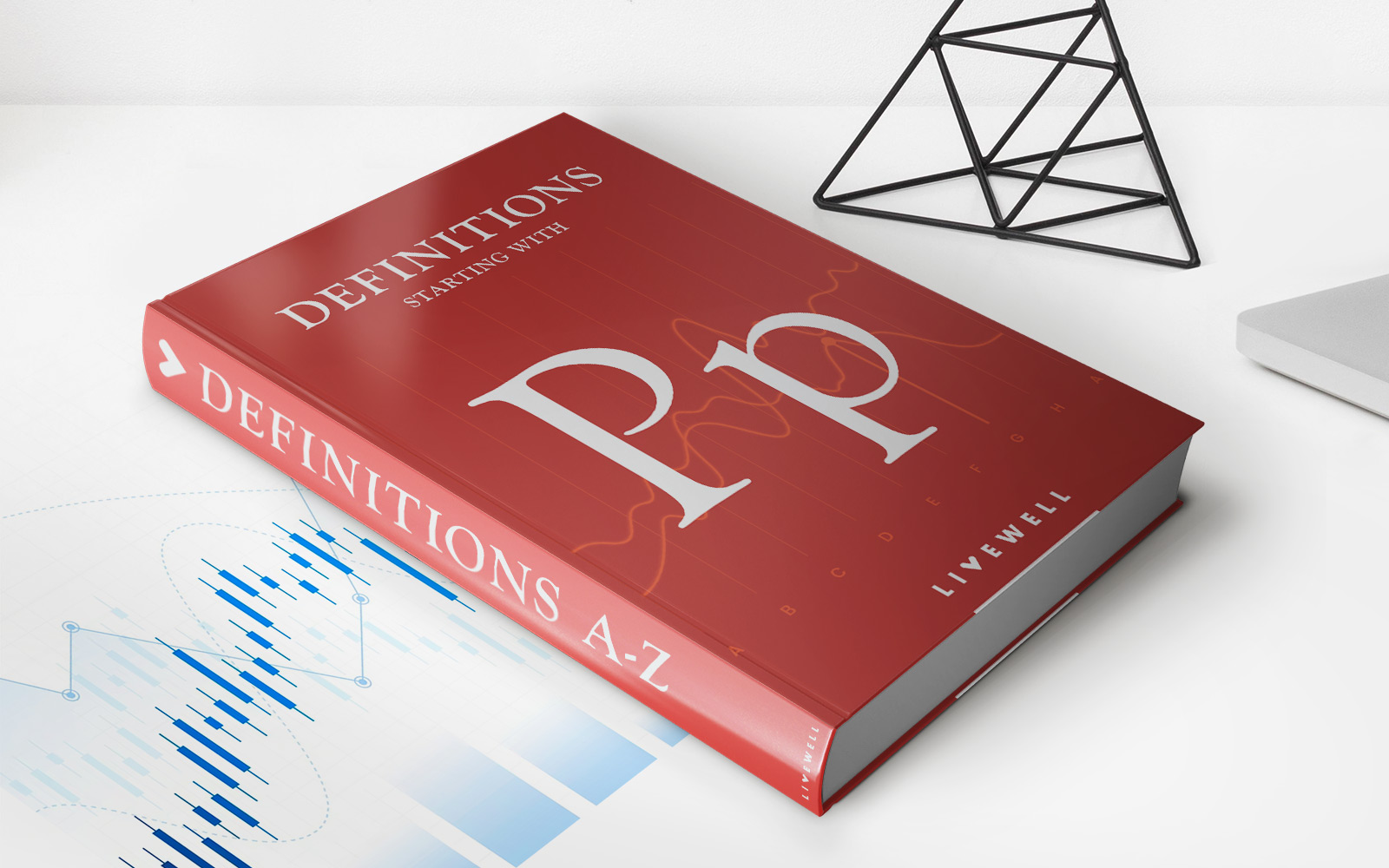

Finance
Participation Mortgage Definition
Published: January 6, 2024
Looking for a clear explanation of participation mortgage? Our comprehensive guide breaks down the definition and key aspects of this finance concept.
(Many of the links in this article redirect to a specific reviewed product. Your purchase of these products through affiliate links helps to generate commission for LiveWell, at no extra cost. Learn more)
Understanding Participation Mortgage: Definition and How It Can Benefit You
When it comes to financing your dream home or investment property, there are several options you can consider. One of these options is a participation mortgage. But what exactly is a participation mortgage, and how can it benefit you? In this blog post, we’ll explore the definition of a participation mortgage and shed light on its advantages.
Key Takeaways:
- A participation mortgage allows multiple lenders to invest in a property alongside the main mortgage lender.
- By sharing the risk and reward, participation mortgages can provide additional financing options and flexibility to borrowers.
Introduction to Participation Mortgage
A participation mortgage, also known as a shared-equity mortgage, is a mortgage loan in which multiple lenders participate alongside the primary mortgage lender. It allows lenders to invest in a property, sharing both the risks and the rewards of the investment. This type of arrangement is commonly used in commercial real estate and large-scale residential developments.
So, how does a participation mortgage work? Let’s consider an example. Imagine you’re purchasing a commercial property, and the primary lender is only willing to provide financing for a certain percentage of the property’s value. In this case, additional lenders, often referred to as “participants,” can step in and provide the remaining funds needed to complete the purchase. These participants will have a legal claim to a portion of the property’s equity and will be entitled to a share of the profits or losses generated from the property.
Now that we have a basic understanding of participation mortgages, let’s explore some of its key benefits:
Flexible Financing Options
One of the significant advantages of a participation mortgage is the additional financing options it offers. By bringing in multiple lenders, borrowers can secure the necessary funds to complete their real estate projects, even when the primary lender is only willing to provide partial financing. This flexibility can be especially helpful for large-scale commercial developments or borrowers with limited access to traditional financing options.
Shared Risk and Reward
The shared-equity nature of a participation mortgage means that the risk and reward are divided among the participants. This arrangement provides a level of security for the primary lender, as other lenders are also invested in the property. Additionally, participants benefit from potential gains if the property’s value appreciates or profits generated from its operation. This shared responsibility can make participation mortgages an attractive option for both lenders and borrowers.
In conclusion, a participation mortgage is a financing option that allows multiple lenders to invest alongside the primary mortgage lender. This arrangement provides borrowers with additional financing options and flexibility, while also sharing the risks and rewards among the participants. If you’re considering a real estate project and need alternative financing, exploring the possibilities of a participation mortgage could be beneficial.
